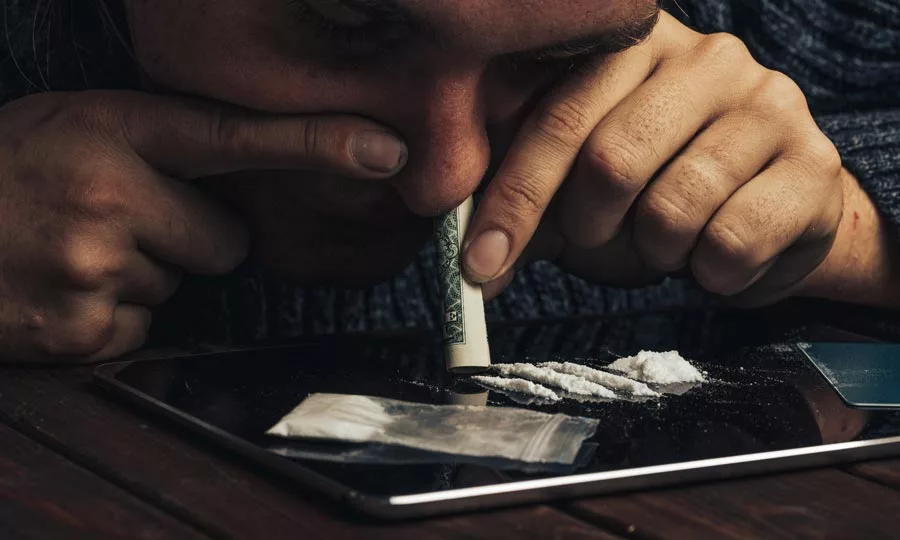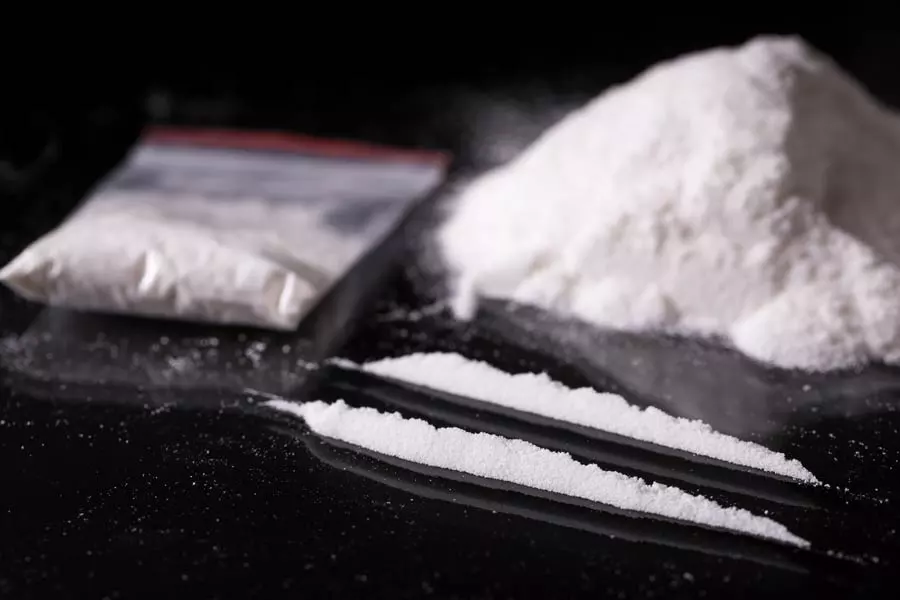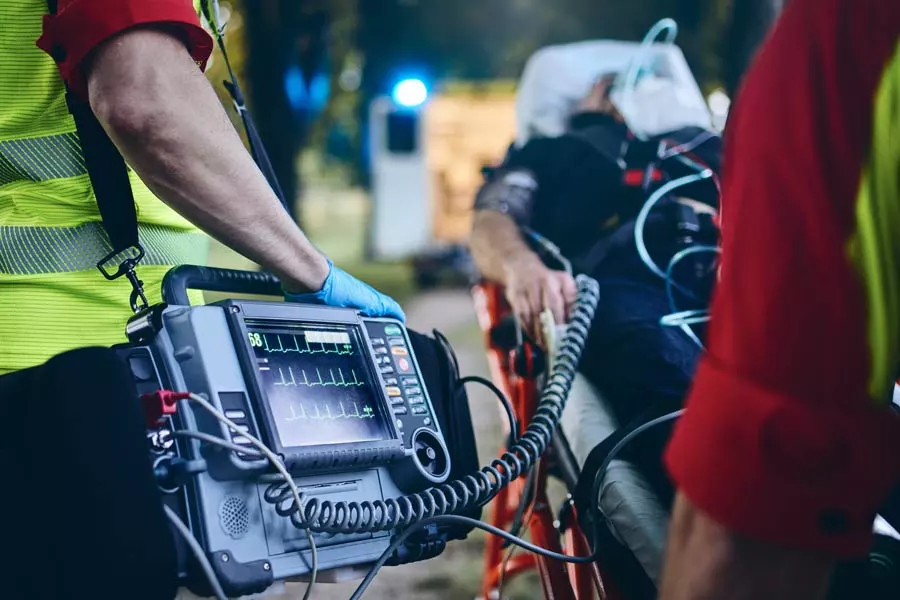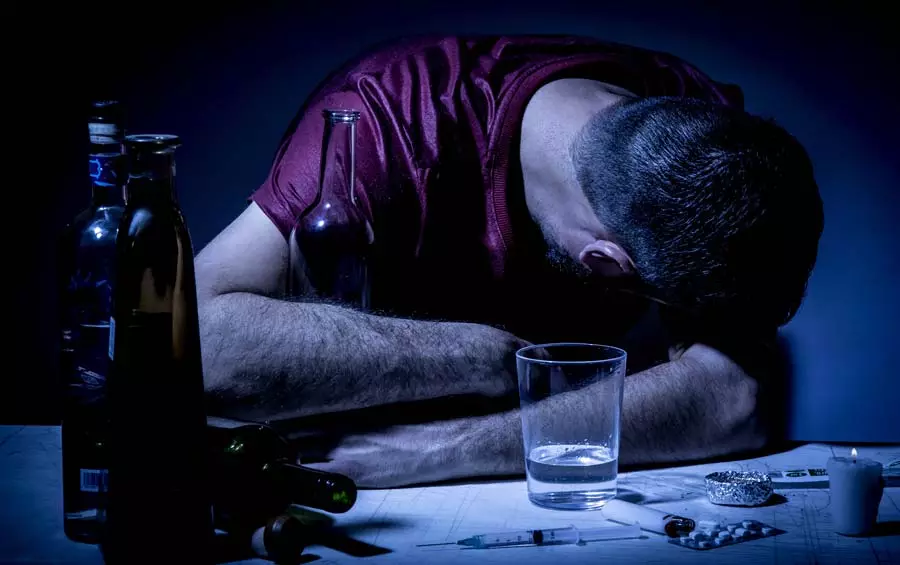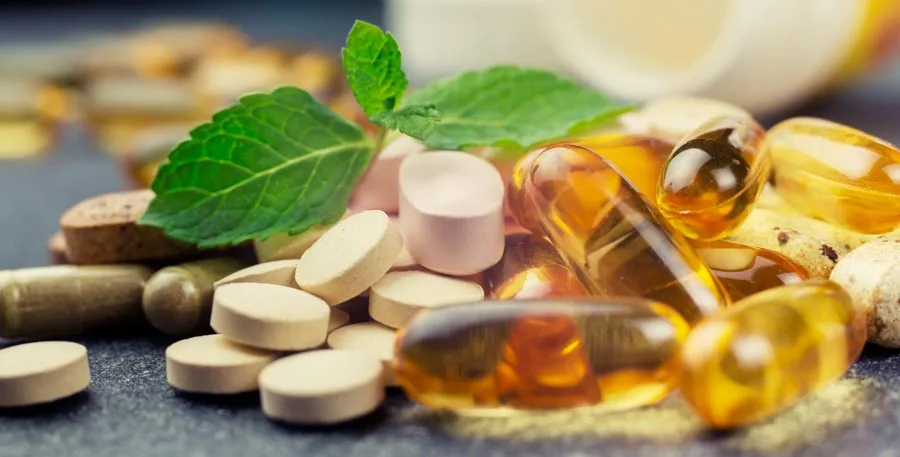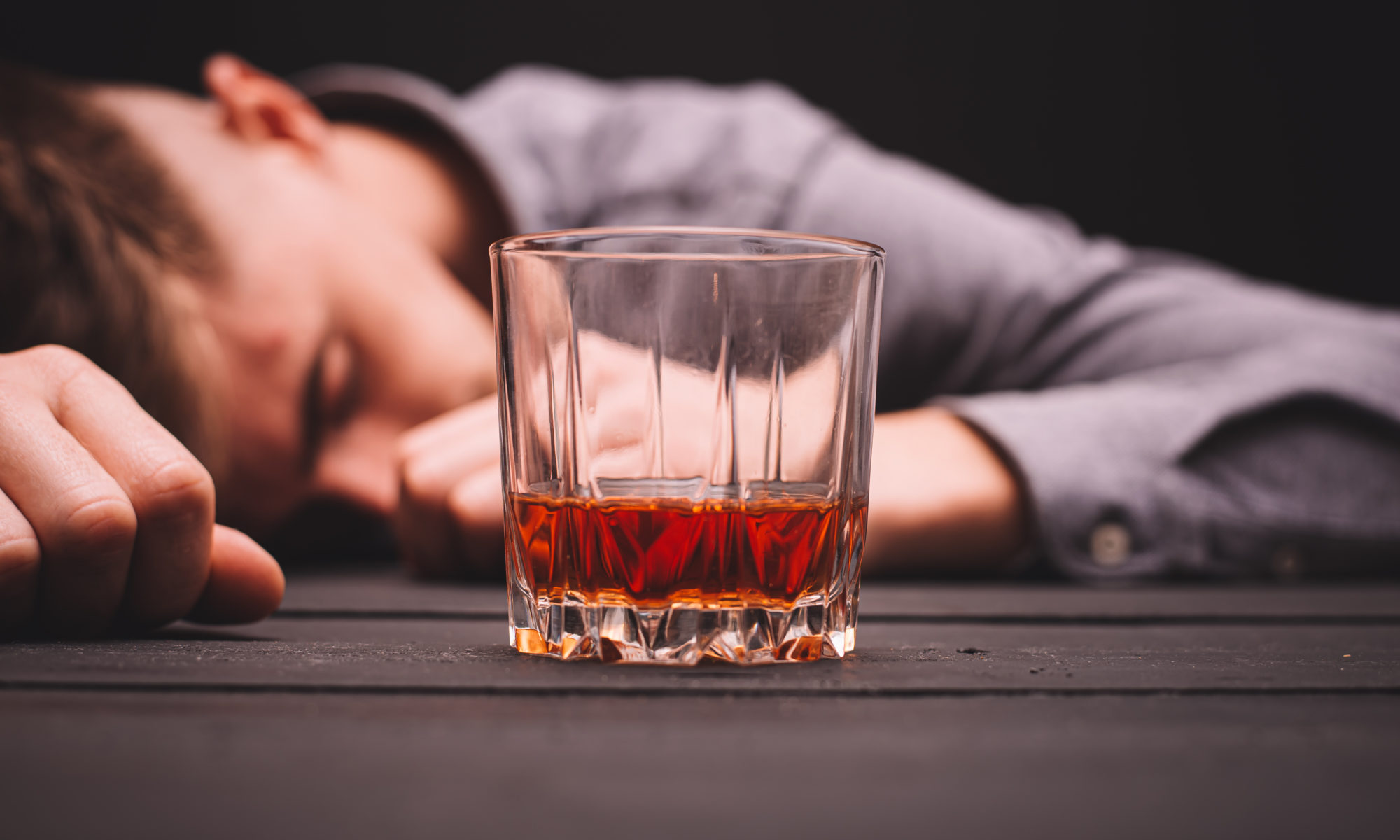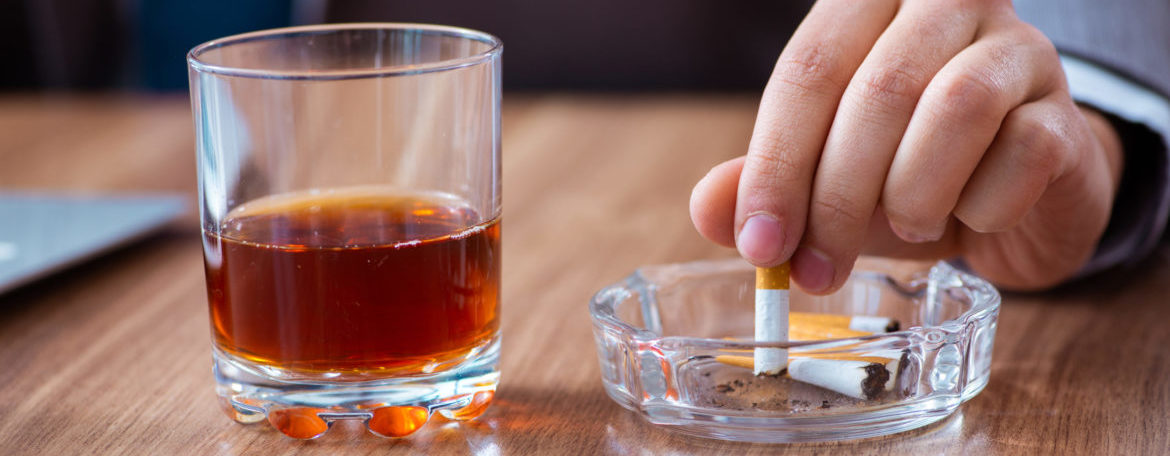Am I An Addict? The Importance Of Honesty.
A lot of people experiment with drugs and don’t become addicts. This is not true for most of us. When I began experimenting with opiates in high school, I thought it was all fun and games. How could this go downhill? You feel great and your mood is greatly increased. It’s fun to party with. How could it get to a point of not being fun?
When I arrived at Best Rehabs In Arizona, I had become completely addicted and my life was in shambles. My existence seemed hopeless. My opiate addiction was no fun whatsoever at this point. I was living on the street, crashing on people’s couches, and committing petty crimes so that I could feed my habit.
What is an addict?
An addict is somebody that has formed an addiction to a particular substance. You become an addict when your entire life and routine revolves around your drug of choice. Your top priority is either getting high or looking to get high. All of your other obligations become unimportant. These are the top signs of drug addiction.
There is nothing like the power of honesty. When you enter into the world of addiction, there are a lot of lies you tell yourself and others. I can’t tell you how many times I’ve heard people say they are clean. A lot of times, these people are not being honest.
I lied to myself as well as a lot of other people during my addiction. I told people I didn’t have a problem. I told myself the same thing. When I was finally willing to admit to my family that I had a drug addiction, the truth truly did set me free. I finally felt okay opening up about it and getting it off my chest.
Dependence Vs. Addiction
Sometimes the lines blur between drug dependence and addiction, but there is a difference. Everyone’s experience with drug abuse is different on some level, and the drugs all affect us differently. The term dependence refers to those who have begun to develop a physical dependence on a drug.
Addiction is defined as a change in behavior and brain chemistry as a result of drug dependence. I didn’t know an awful lot about how we use these terms until I entered recovery. I didn’t have a lot of education on drugs at all even though I was an addict. Best Rehabs In Arizona did a great job of educating me on the power and pull that addiction has on us mentally and physically.
When you decide to go to rehab, you are obviously at a very low point. The great thing about going to rehab is that oftentimes, you have finally hit a wall and made a conscious decision to try and get better.
A lot of addicts don’t ever even have this moment. Once you decide you want to fix the problem and get better, you’ve already done a lot more than other people can say. There are a lot of things to consider when you want to get clean. How much does rehab cost? What are the levels of care in addiction treatment? These are all things that you will come to learn the more you focus on recovery.
The Top Signs Of Drug Addiction

When you finally make the decision to get clean, you begin to understand what got you there in the first place. When you are finally ready to work out your issues, you learn a lot about yourself and how you got here in the first place. It’s easy to see the signs in other addicts.
The number one sign is lying. As I mentioned above, most of the people in your life are lying to you in some way when you are deep into your addiction. You avoid the people in your life that might encourage you to get clean. You don’t want your family to see what is being done to you. You tell them everything is fine when it isn’t.
Denial is a big part of the process. You get really good at hiding things when you are an addict. You become a master of concealing the parts of your life that you don’t want people to see. But even the best liars slip up. This can create a lot of problems in your relationships. No one wants to be lied to. It can create a lot of resentment and anger. A good relationship is based on trust.
Changes in mood are also a sign of addiction. You can go from being in a happy, uplifting high to a very low period of depression. Your brain is constantly fluctuating between the highs and lows, and it really messes with you. These are things that are impossible to hide after a while. You can only hide your mood for so long before it becomes obvious that you are struggling.
Paranoia and anxiety are other clear signs of addiction. Living in a constant cycle of trying to get high and make sure you have what you need puts you in a very rough state emotionally. Just getting through the periods between each high can be exhausting. If you don’t know where your next high is coming from, it can throw you into a tailspin of emotions.
I Am An Addict: Next Steps To Take
When you admit you have a problem, you have made the first step. It’s a giant step and should not be underestimated. You’ve done something commendable when you reach out for help and admit there is something wrong. When you are ready to be totally honest and upfront about it, you can get help a lot easier.
There are a lot of self-assessment tools and questions that you must consider. Going through the NIDA guidelines can help you figure out what level of addiction you are at, and what kind of help you might need. The national institute on drug abuse has a standard test that can help you better understand your level of addiction. They also offer many other further resources for addiction information.
The CAGE and MAST self-test tools are other ways you can assess and identify where you are at in your addiction. On top of these assessments, there is the question of how to choose a reputable rehab facility. One place might be better for one addict, while another might suit a different addict. You can never really tell unless you give it a shot.
Effective Treatment Types For Drug Addiction

Finding the right form of treatment is key to your addiction recovery. Depending on your level of addiction, medication-assisted treatment for addiction might be the best option. When I was in recovery, it sounded a bit strange to combat my addiction to medication with other medication, but it helped tremendously during my withdrawal period. If you’re anywhere near where I was, a medically assisted detox is really the only way to do it.
When is residential addiction treatment needed? This is one of the things that the NIDA, CAGE, and MAST tests can help you determine, but it can also be pretty obvious if you have a very serious physical addiction. If you have a long-term addiction the withdrawal symptoms can be a lot to overcome without some kind of medical assistance.
A lot of us struggling with addiction aren’t exactly in great shape financially, either. Worrying about how to pay for addiction treatment can make a lot of people not even consider it. Fortunately, there is a lot more emphasis on getting people into treatment no matter what their income is.
There are ways you can get into a program either for cheap or free depending on your situation. It will take some research on your part, but if you are really willing to get clean you must be ready to put in some work. Fighting addiction is a personal thing, but you will need a lot of help along the way. As you begin your journey into sobriety, you should embrace the process and ask for help if need be.
Escape Addiction With Best Rehabs In Arizonas.
I wouldn’t be where I am today without the knowledgeable and passionate people that helped me during my stay. I was an emotional and physical wreck when I first got to treatment. I was afraid that I would be judged and not helped. It was the exact opposite of that, and I have a lot of people to thank for being instrumental in my recovery.
When you open up and begin to trust people who really want to help, it restores your faith in humanity and the overall process of addiction recovery. For the longest time, I didn’t think treatment would do anything for me. It would just be a big waste of time. How could I have known that if I never even gave it a chance?
When I finally did give it a chance, it was the total opposite experience of what I had imagined. I didn’t know you could come back from such a low place. I assumed because I was where I was at, there was no coming back. I learned that recovery is possible for anyone. Anybody that wants to give it a chance, it can work wonders. If you really want it, it’s there for you.


